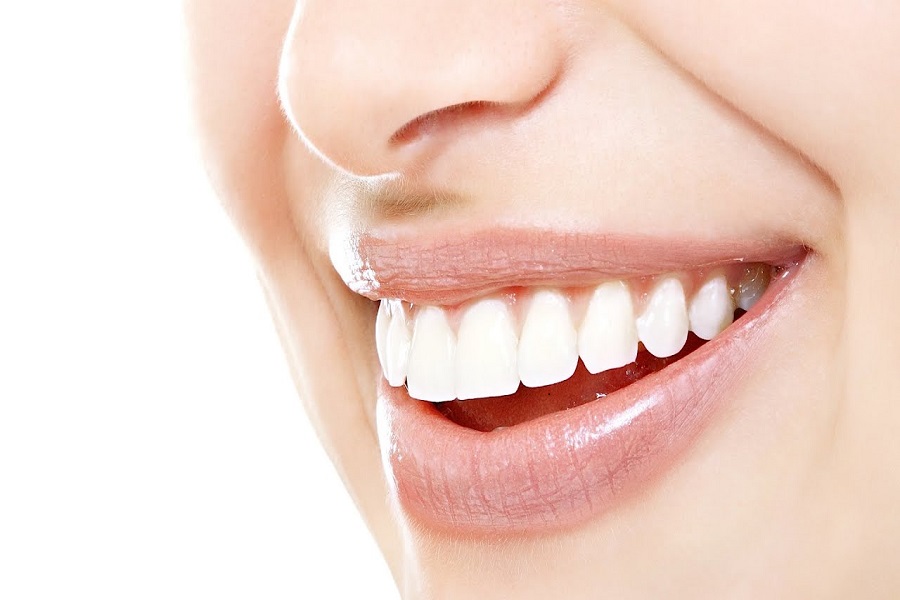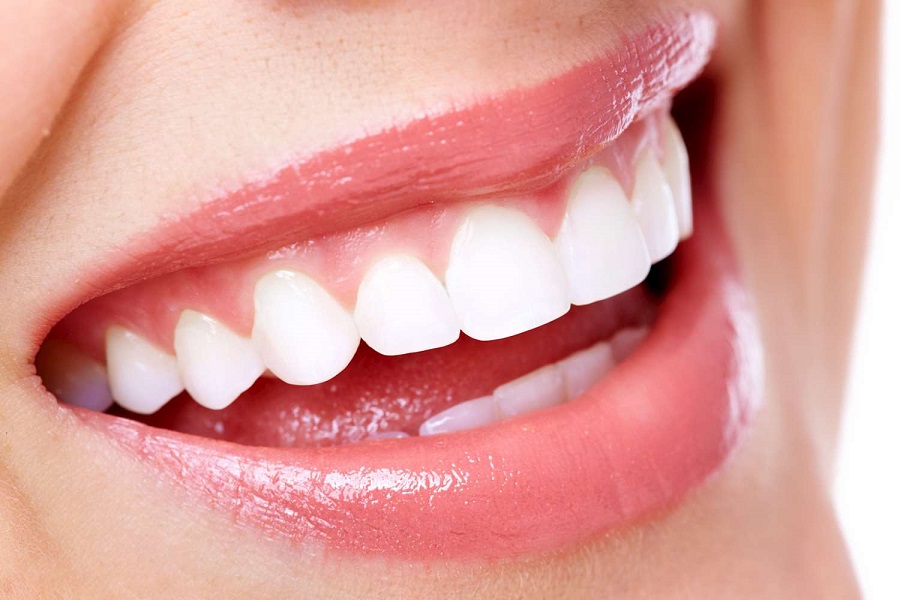Invisible dentures have good adhesion, no metal clasp, easy to replace, easy to clean, do not wear healthy teeth, have a comfortable taste, have good aesthetics in the mouth, and are relatively inexpensive, and are more popular with patients. Restoration. However, due to the particularity of the manufacturing process and materials of invisible dentures, the dentures are irreparable, that is, if the dentures are damaged during use, they cannot be repaired; general invisible materials age faster, and will be damaged within two years or so in the mouth. It will discolor and lose elasticity, so invisible dentures are designated as temporary restorations abroad.
1. Establish a correct view of restoration for patients. Invisible denture is a kind of cosmetic denture restoration. It has good adhesion, no metal clasp, convenient replacement, easy cleaning, no wear and tear of healthy teeth, comfortable taste, good aesthetics in the mouth, and relatively low price. Etc.
2. Do not recommend invisible dentures to patients as long-term restorations. Invisible dentures are designated as temporary restorations abroad, with a general service life of two years. General invisible dentures are prone to discoloration and aging, and the damage cannot be repaired.
3. When trying on invisible dentures for the first time, the hot water immersion technique should be used. Since the material of invisible dentures is nylon, which has certain plasticity at high temperature, when trying on invisible dentures for the first time, the invisible dentures should be immersed in hot water, so that the temperature of the invisible dentures can reach the temperature of the patient’s oral cavity. When accepted, the invisible denture is placed in the patient’s mouth so that the denture can be seated, fitted and fitted tightly.
4. When adjusting the invisible denture base and retaining ring for patients, attention should be paid to the use of intermittent, cooling, and crimping grinding methods. When adjusting, grind in one direction, grind the burr to one place, and finally cut it off with a sharp blade. During grinding, pay attention to water cooling and intermittent grinding, otherwise the denture will be easily deformed.
Advertisements
Expert advice on making invisible dentures
Advertisements
Related Posts
Popular Articles
How Long Does Your Face Hurt After Wisdom Teeth Removal?
Wisdom teeth removal is a common dental procedure. Many people experience pain and swelling after the surgery. It is normal...
Latest Posts
Tags
alveolar bone bad breath black teeth bleeding gums cold light whitening crooked teeth cure dental care dental implant dental implants Dental Insurance dentures discolored teeth disease gingivitis Gum Disease misaligned teeth oral disease orthodontic orthodontic care orthodontics orthodontic treatment periodontal disease periodontitis permanent teeth porcelain teeth teeth teeth cleaning teeth white teeth whitening teeth whitening methods Teeth Whitening Strips tooth tooth decay tooth extraction tooth filling ultrasonic cleaning underbite whitening whitening toothpaste white teeth wisdom teeth wisdom teeth extraction wisdom tooth yellow teeth

Panda Oral – oral and dental health consultants around you, providing orthodontic, tooth whitening, dental implants, scaling, filling, extraction, dental implants, dental caries, wisdom teeth, bad breath, bleeding gums, oral ulcers, periodontal disease for patients with dental diseases It can help you solve oral problems easily.【Contact us: [email protected]】
Recent News
Copyright © 2023 PANDA ORAL - Oral_Oral health_oral hygiene_oral care_dental health_dental oral surgery





























